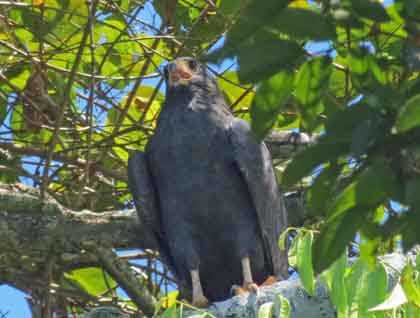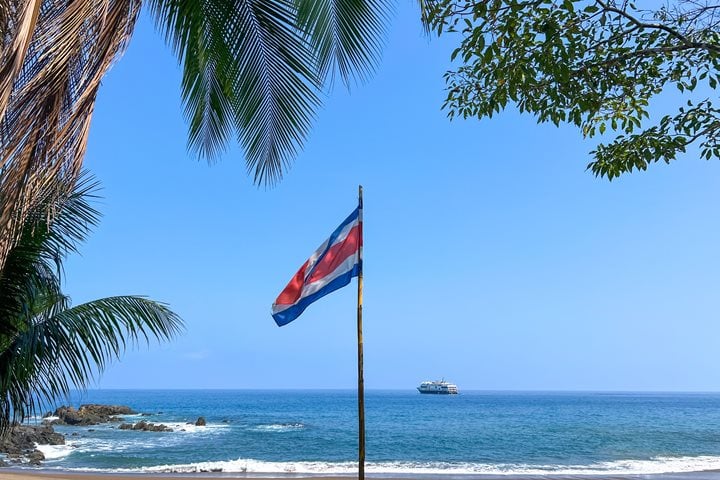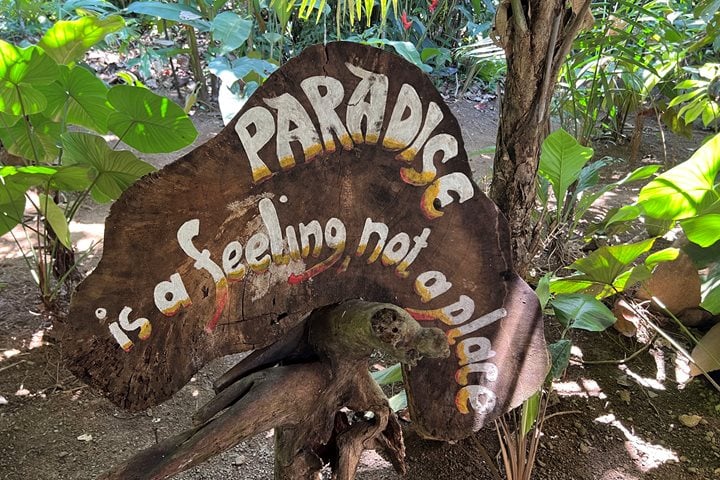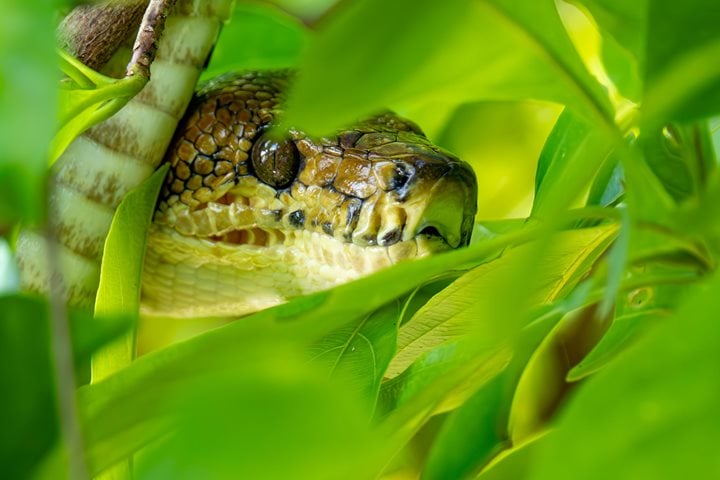After covering 120 nautical miles, National Geographic Sea Lion arrived at the first stop in Panamanian waters. Today was particularly special because this first stop allowed us to visit two different locations in Coiba National Park.
Coiba is one of the most iconic national parks of Panama. It is considered to protect the most important coral reef on the eastern pacific. This park forms part of the biological corridor that connects Malpelo in Colombia, Galapagos in Ecuador, and Cocos Island in Costa Rica. Coiba is a former penal colony and due to its former use, the indigenous flora and fauna - among which the coral reef is without any doubt the most relevant - remained pretty much intact.
In the morning after having breakfast, we began the first outing and disembarked on the Isla Canal de Afuera, a section of Coiba crowned with a pristine forest, white sand beaches, and crystal clear waters. Once on the beach, some decided to go snorkeling right away and look for white tipped sharks, sea turtles, and parrot fish among many other reef inhabitants. In the case of those that wanted a bit more exercise, there were some kayaks to explore the little islets next to Canal de Afuera Island. Later everybody came back to our ship in order to get lunch; meanwhile the vessel sailed towards our next stop in this beautiful National Park.
The second part of our outing took place in Granito de Oro. This islet close to the main island provided another snorkeling site that yielded not only many other new coral fish, but also morays as well as some marine birds like brown pelicans, brown boobies and a common black hawk that decided to perch nearby on this gorgeous islet.
At midafternoon, our guests went back to the vessel and our voyage continued towards the Bay of Panama. This beautiful day in the coral reef was closed with a talk about Panama’s history, cocktail hour and an amazing sunset.









